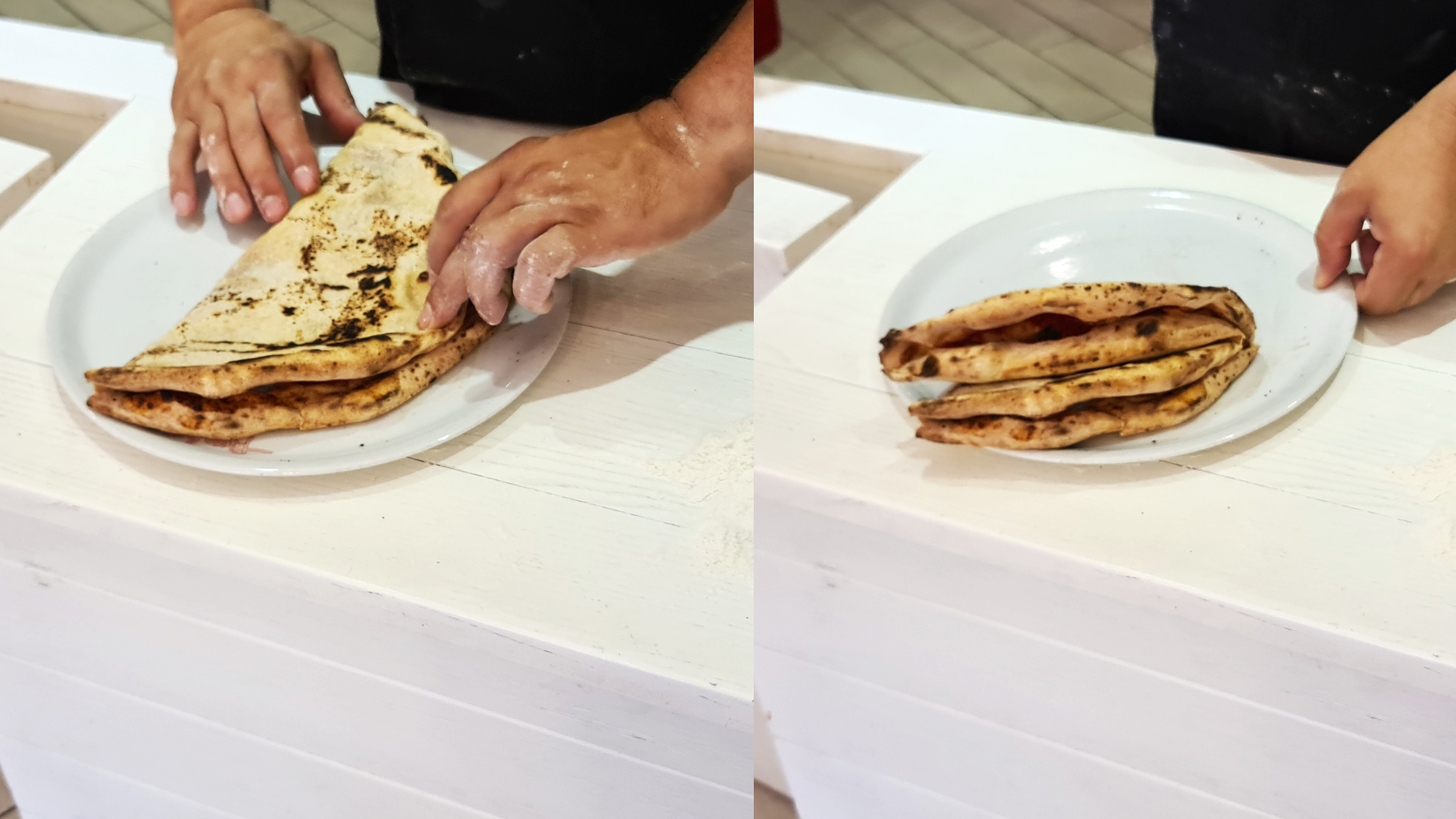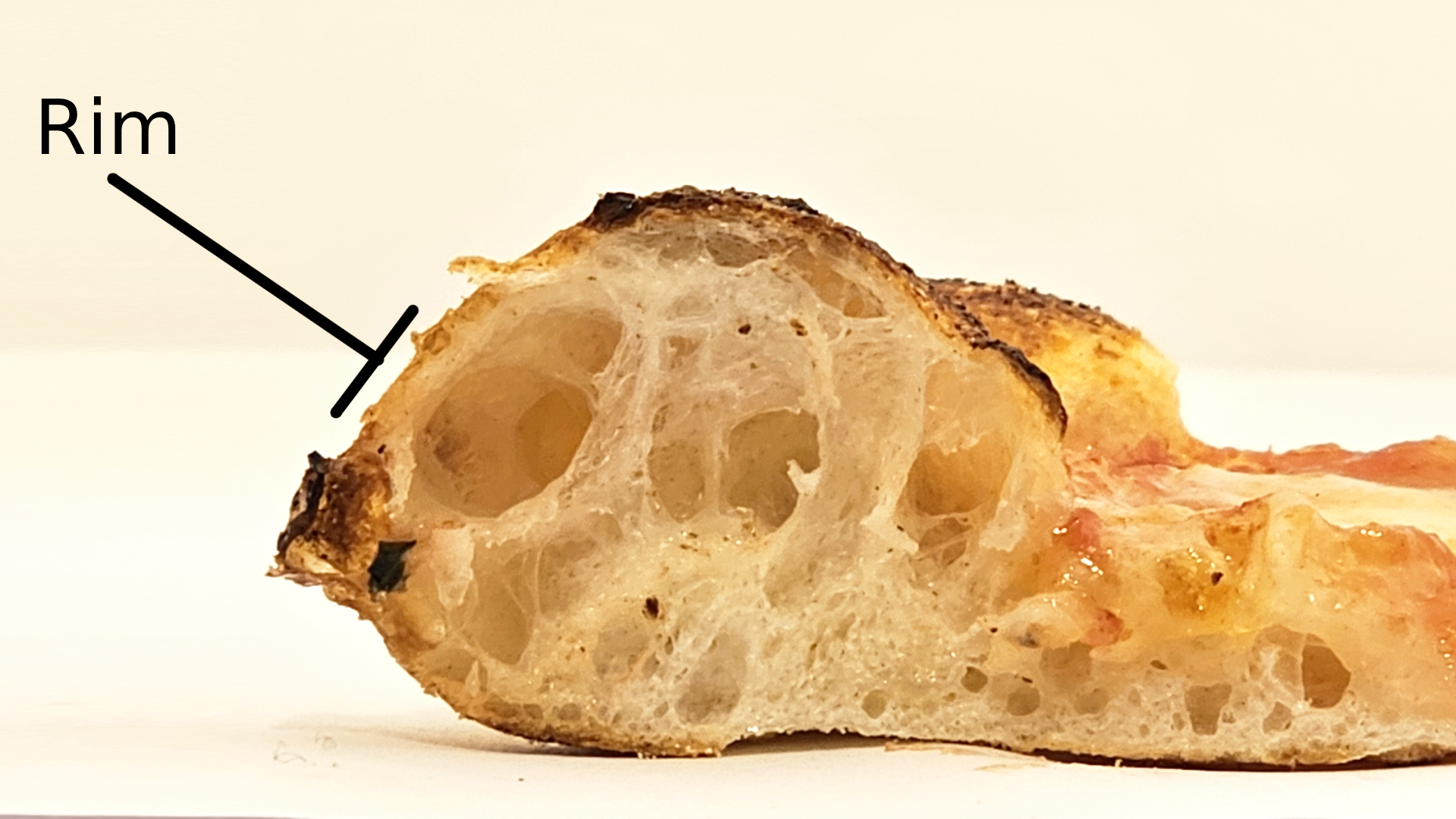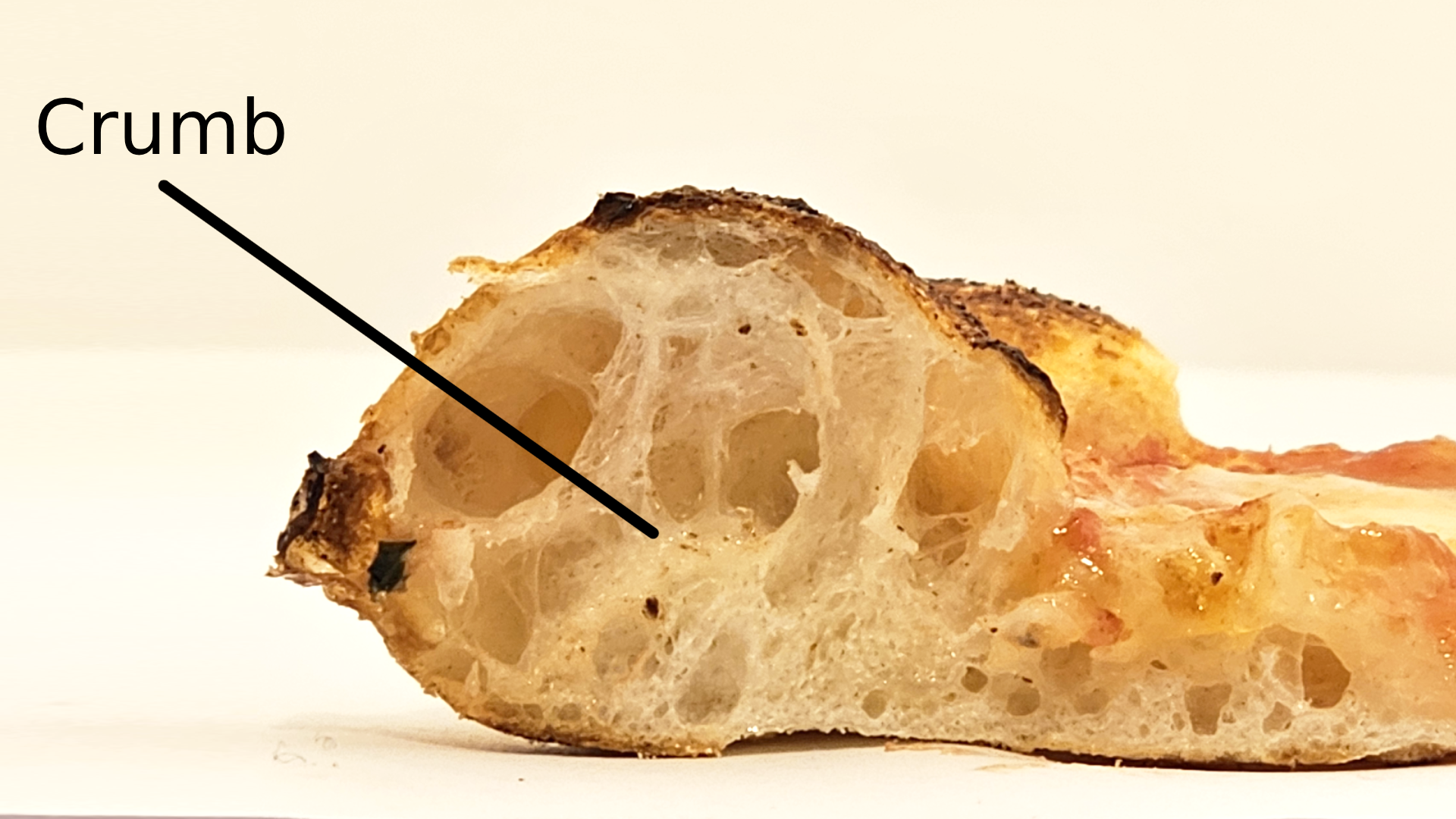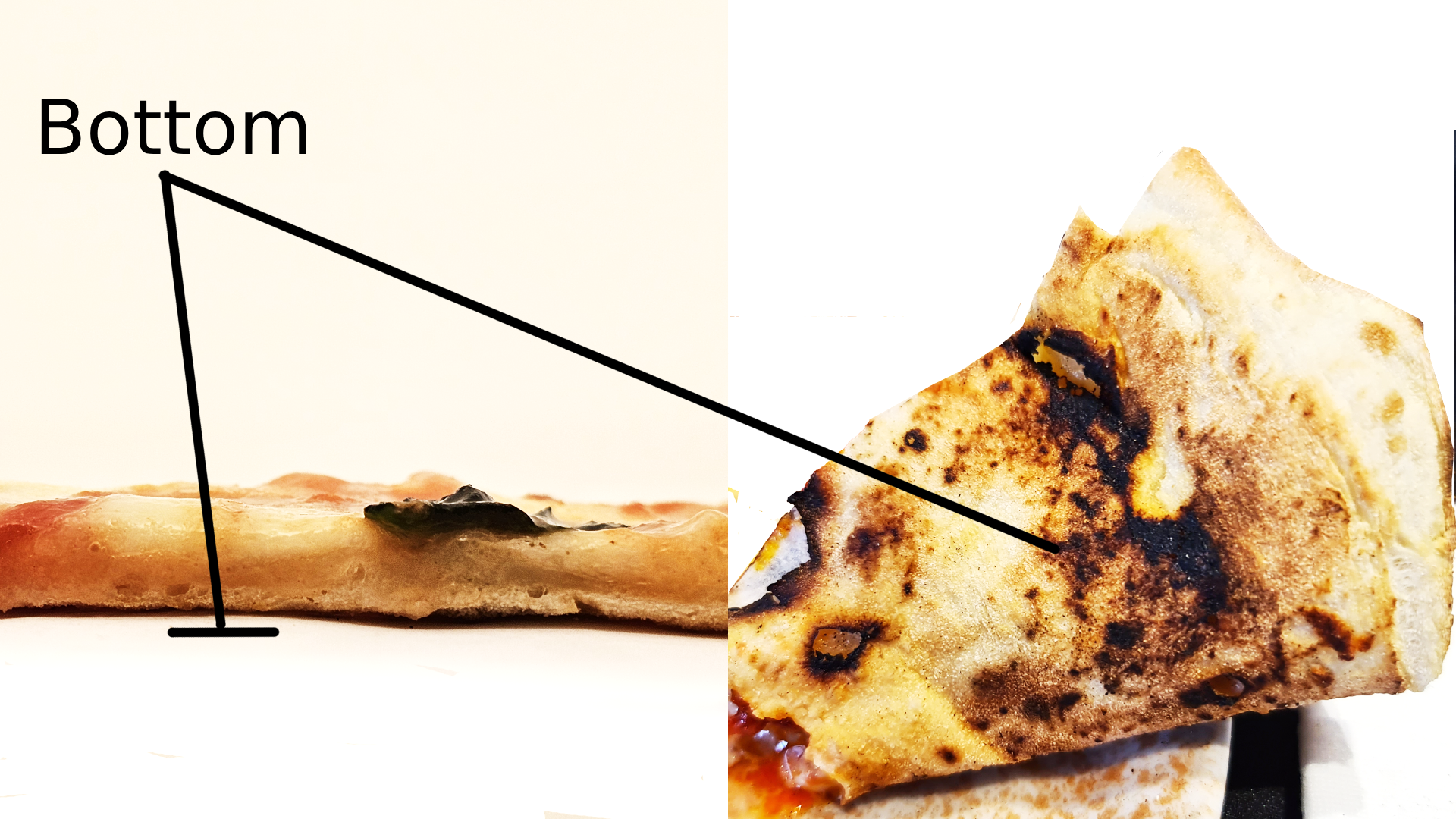Do you want to know exactly what Neapolitan pizza is like? When making Neapolitan pizza at home, it’s not always easy to tell if you’re getting it right. I spent years unaware that local pizzerias were far from authentic, leading me down the wrong path.
It took several trips to Naples and countless pizzas for me to truly understand Neapolitan pizza. And that’s what I want to share in this article—to guide you in recreating this classic in your own kitchen.
This article is meant to guide you through the characteristics of Neapolitan pizza as it’s enjoyed in Naples. It’s okay to prefer a crispier crust or more toppings, but I believe understanding what makes a pizza authentically Neapolitan will enhance your pizza-making journey.
The key characteristics of Neapolitan pizza
Neapolitan pizza is celebrated for its unique characteristics and flavors. It stands out in the world of pizzas with its specific preparation and ingredient choices.
Here are some of the features that make Neapolitan pizza so special:
- Personal-sized, round pizza
- Tall, puffy crust with light char
- Soft, moist texture; foldable without cracking
- Baked at 430-480°C (800-900°F) for 60-90 seconds
- Dough fermented for 8-24 hours at room temperature
- Minimalist toppings focusing on quality ingredients

Delving deeper into these features, Neapolitan pizza is a round, personal-sized pizza. You can recognize it by its distinct tall and puffy crust, which gets a light char from the intense heat of the oven.
Contrary to popular belief, the crust of Neapolitan pizza isn’t supposed to be crispy. It should have a soft, light, and moist texture. During my last trip to Naples, a pizza maestro shared that a sign of quality is that you can fold the pizza twice without any cracking.

The oven plays a crucial role in creating this unique crust. Neapolitan pizzas are traditionally baked at 430-480°C (800-900°F) for only 60-90 seconds. The fast, hot bake achieves a distinctly light and soft crust.
The dough is traditionally fermented for 8-24 hours at room temperature. The long, slow fermentation is key to the great flavor and texture.
When it comes to toppings, Neapolitan pizza takes a minimalist approach. Quality is crucial, with typical choices like local San Marzano tomatoes and fresh buffalo mozzarella. This simplicity allows each ingredient to shine and, at the same time, balance the flavorful crust.
What Neapolitan pizza looks like
You can recognize Neapolitan pizza by its unique appearance. It’s a round, personal-sized pizza, typically measuring between 25 to 35 cm (10 to 14 inches) in diameter.
The center of the pizza is thin, flat, and soft, yet strong enough to support a layer of tomato sauce and a few select toppings.
The rim, or ‘cornicione’ in Italian, is one of the key features of Neapolitan pizza. It’s tall and puffy, often exhibiting a light char from the high heat of a wood-fired oven. This charring usually appears as small dark spots, known as ‘leopard spotting’. The charring isn’t just for aesthetic appeal, it also adds to the flavor. But, it’s important to distinguish between a charred, leopard-spotted crust and one that is burnt.
The different parts of Neapolitan pizza
In this section, we’ll delve deeper into the distinct parts of the pizza.
A common question I get from aspiring pizza makers is about the appearance of their pizzas. Since a picture is worth a thousand words, I will describe what each part of the pizza should look like.
The rim, or cornicione
The rim is tall, and puffy, and typically shows a light char from the intense heat of baking. But it does more than add to the pizza’s rustic charm; it plays a crucial role in keeping the toppings neatly contained.

Crumb
The crumb is the interior of the ‘cornicione’. It’s soft with an open structure, revealing how the gluten has solidified during baking. This part should exhibit a well-aerated texture.

Bottom
The bottom of the pizza provides a thin yet sturdy foundation. It’s soft enough to fold but robust enough to hold the sauce and toppings without becoming soggy.

Toppings
Neapolitan pizza embraces a “less is more” philosophy when it comes to toppings. While there are countless variations, the classic has:
- A thin layer of sauce
- Mozzarella cheese
- A few select toppings
The key is to achieve a harmonious balance without overwhelming the delicate base.
What Neapolitan pizza tastes like
The crust is the main attraction. The crust usually has a mild, yeasty flavor, like good artisan bread. The charred spots don’t taste burnt, instead, they add a richer, more complex flavor to the bread.
The tomato sauce on a Neapolitan pizza is all about strong tomato flavors. Made mostly with San Marzano tomatoes, the sauce tastes sweet and balanced, without any sour or bitter aftertaste. When you pair it with a mild cheese like mozzarella, the sauce might be a bit salty to complement the cheese’s creamy richness.
Mozzarella in Naples is special. Whether it’s Buffalo mozzarella or cow milk mozzarella (Fior di latte), it’s always mild, creamy, and rich.
Also, Neapolitan pizza is always topped with oil. High-quality extra virgin olive oil adds richness and depth to the pizza. The olive oil goes well with the tomatoes and mozzarella.
Besides these main flavors, you can find all sorts of herbs, cheeses, vegetables, and meats on pizzas.
If I had to describe Neapolitan pizza’s taste in one word, I would say it’s ‘harmony‘. The combination of the flavourful crust, strong tomato flavor, fresh mozzarella, and rich olive oil creates the perfect harmony.
The consistency of Neapolitan pizza crust
Contrary to popular belief, Neapolitan pizza isn’t crispy; it’s one of the softest and most moist styles of pizza.
According to the book “Modernist Pizza”, there was even a campaign with the slogan “If it’s crunchy, it’s not authentic” to clarify this widespread misconception.
Traditionally, the rim should be soft and flexible enough to fold without cracking. However, in many pizzerias in Naples, you’ll find that the rim has a slight crunch.
The interior, or the crumb, is soft with a light chewiness. Meanwhile, the base of the pizza is also soft and moist, yet sturdy enough to support the sauce, cheese, and toppings.
A common challenge is achieving the right consistency for the pizza base. It should be soft and firm, and keep the sauce and toppings in place. It should not be crispy, nor soggy and wet.
The AVPN definition of Neapolitan pizza
The Associazione Verace Pizza Napoletana (AVPN) plays a crucial role in preserving the authenticity and tradition of Neapolitan pizza.
The AVPN sets regulations for True Neapolitan Pizza (you can find the regulation here) and issues certificates to restaurants worldwide that adhere to their strict standards.
It’s interesting to note that even in Naples, most pizza places don’t hold the AVPN certificate. This means there are many truly amazing pizzas out there that might not follow these regulations. However, I still believe it’s useful to be aware of them, as they act as a benchmark for what constitutes Neapolitan pizza.
Some of the key takeaways from the AVPN regulations are:
- Size and Measurements: The diameter of a true Neapolitan pizza should not exceed 35 cm (13.8 inches), with a raised rim (‘cornicione’) and a center covered by condiments. The ideal thickness at the center is about 0.25 cm, ensuring a soft and elastic consistency that’s easy to fold.
- Dough Weight: Dough balls should weigh between 200g-280g.
- Fermentation: The dough balls should rise in a rising box for 8 to 24 hours. This step is crucial to achieving the desired texture and flavor.
- Baking: True Neapolitan pizza is baked in a wood-fired oven at around 485 °C (905 °F). The cooking surface temperature should be between 380 to 430 °C. The pizza is carefully monitored and rotated to ensure uniform cooking across its entire circumference, with the total cooking time not exceeding 60-90 seconds.
What sets Neapolitan pizza apart from other styles of pizza
Neapolitan pizza is truly unique.
First, the dough is softer and lighter than other styles of pizzas. This is because it’s left to rise for a long time, which gives it a unique taste and texture.
The way you cook is another big difference. Neapolitan pizza has a tall, puffy edge, and it’s cooked fast in a blazing-hot oven. This quick cook at high heat makes the crust soft and chewy with some charred spots, not crispy like many other pizzas.
When it comes to toppings, Neapolitan pizza keeps it simple and focuses on high-quality ingredients. It often uses the best tomatoes and freshest local cheeses. This means every ingredient gets to shine, and you really taste each one. But there is also a balance between the crust, sauce, and cheese that creates the perfect harmony.
All these things – the unique dough, quick and hot cooking, simple but quality toppings, and the careful balance of everything – are what set Neapolitan pizza apart from other styles.
- Is Your Pizza Dough Too Dry? Here is How to fix it! - June 10, 2024
- The Ultimate Guide to the Pizza Dough Windowpane Test - June 8, 2024
- The Ultimate Guide to Autolyse Pizza Dough - June 7, 2024